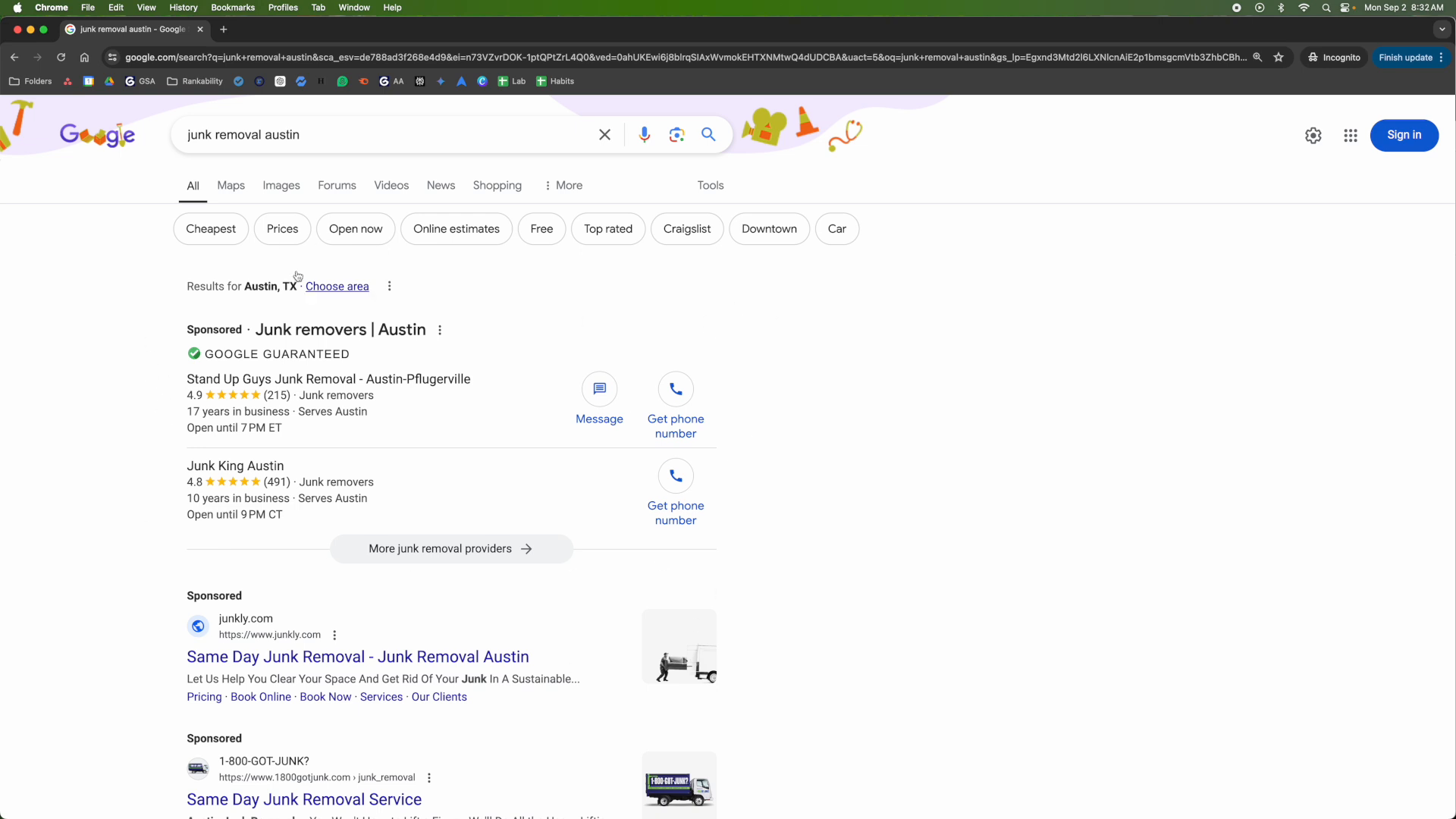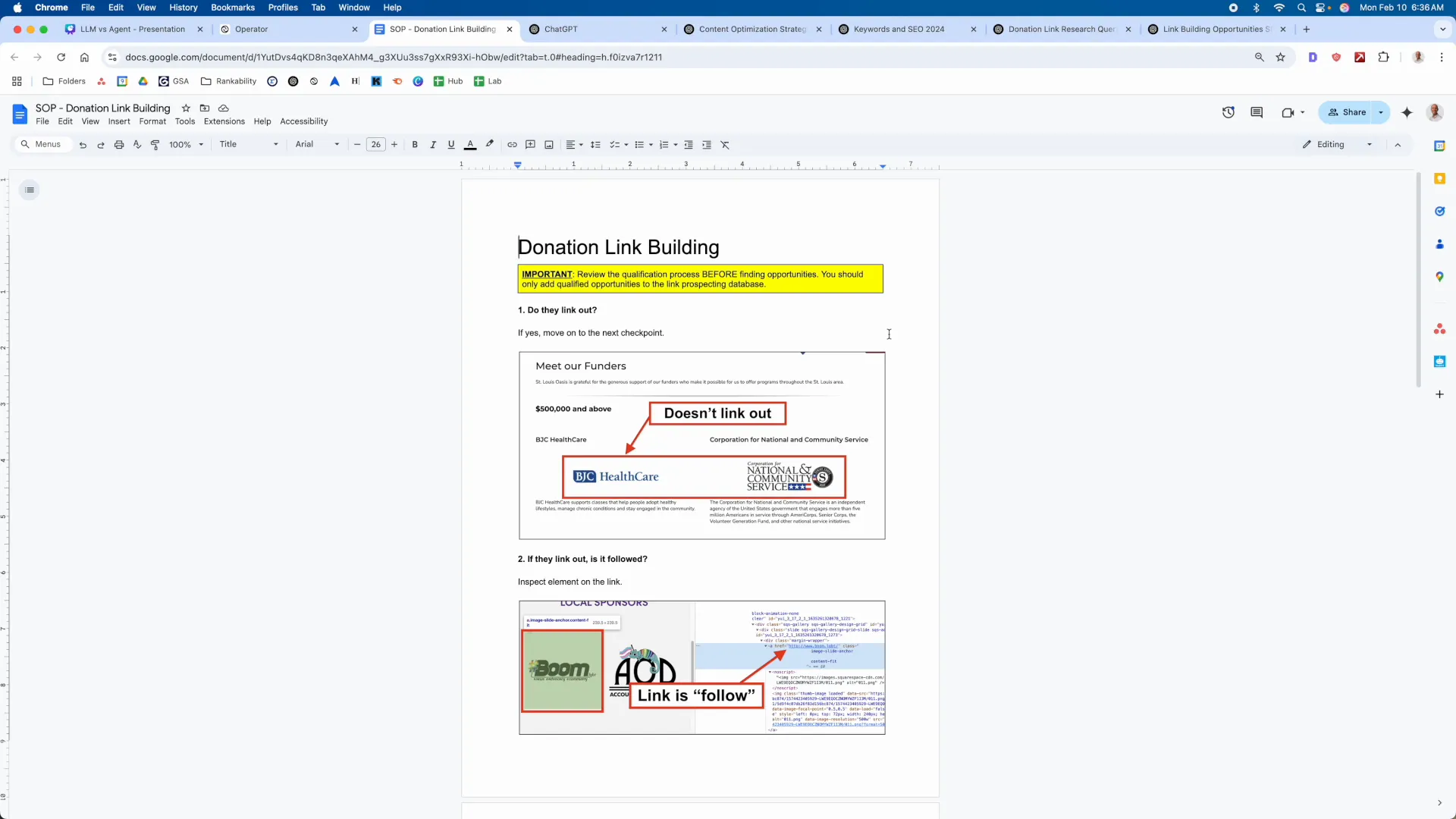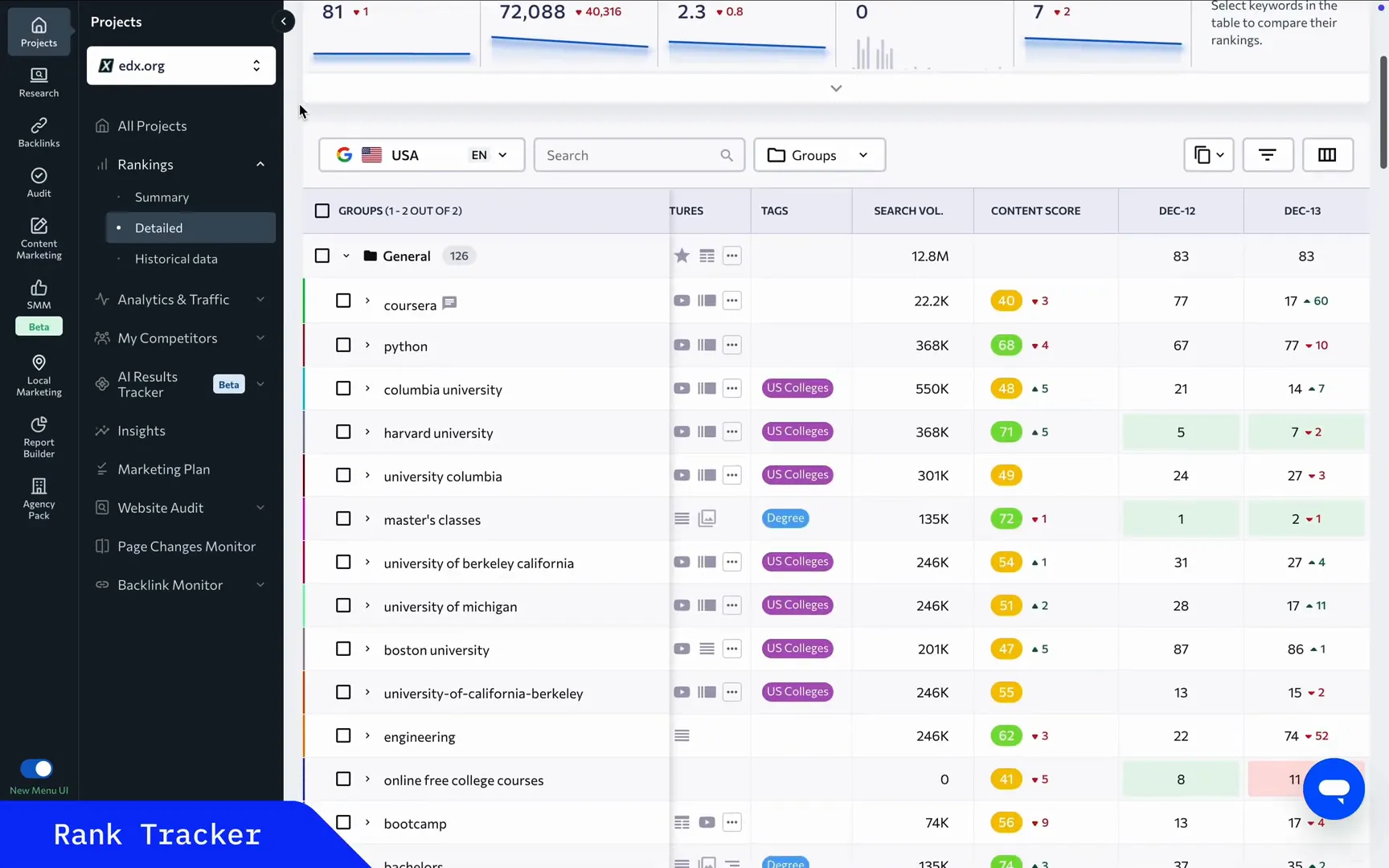TL;DR: Your clients don’t buy “an SEO audit.” They buy clarity, a diagnosis, and an actionable roadmap. Build deliverables that travel: one problem per slide, clear labels, owner tags, embedded videos, and ready-to-run resources. Do this and audits sell themselves.
I watched the SE Ranking lesson with Myriam Jessier on why audits often fail to move the needle. As the owner of Digital Reach in Hawaii, I see the same pattern: agencies produce brilliant, dense reports that only another SEO could decode. The result? Little action, limited retention, and missed opportunities to turn work into ongoing revenue.
Table of Contents
- What was discussed
- What went right
- What went wrong (or what I’d sharpen)
- What I would do differently
- Practical example (compressing images)
- Takeaways — Strategic checklist
- FAQ
- Credits
What was discussed
The core premise is simple: clients never buy “an SEO audit.” They buy a solution to a problem — a clear diagnosis, the impact on the business, and a practical roadmap to fix it. The video walks through concrete ways to make deliverables more useful and long-lived, including:
- Make slides and docs simple and readable (one problem per slide).
- Label everything in client-friendly language (avoid jargon).
- Use color-coding, filters, and tables so insights jump out.
- Embed short videos/screenshots to document issues and fixes.
- Include who owns the fix, recommended resources, and exact steps.
- Choose the right format for the client: polished deck vs. quick Loom vs. shared sheet.
What went right
- Clarity of message. The video nails that deliverables are marketing assets — not just internal work products.
- Action-first approach. Recommending one problem per slide, ownership tags, and ready-to-use resources is exactly what drives implementation.
- Practical examples. The “100 images to compress” example shows how granular, linkable artifacts (spreadsheets, file lists) make execution straightforward.
- Longevity thinking. Building materials that “travel” turns an audit into a client-acquisition engine down the road.
What went wrong (or what I’d sharpen)
There are a few places I’d tighten the framework based on real-world implementation challenges:
- Prioritization is implied, not explicit. Listing issues is great — but rank them by business impact, effort, and quick wins.
- No standard template for handoffs. If devs or in-house SEOs get a slide deck and a video, they still need task-ready artifacts (Jira tickets, technical snippets, example code, image assets, compressed files).
- Missing post-delivery follow-up. Deliverables should include a lightweight acceptance test and a timeline to verify fixes.
- Measurement plan absent. Pointing out causes of traffic drops is half the job — the other half is showing how to measure recovery and success.
What I would do differently
Here’s how I structure audits at Digital Reach to maximize adoption and monetization.
- One problem, one slide, one action: Each slide answers: What is the issue? Why it matters (impact estimate). How to fix it (step-by-step). Who fixes it and estimated hours.
- Prioritize by RICE: Use Reach, Impact, Confidence, and Effort to score items. Front-load high-impact, low-effort wins so clients see progress fast.
- Deliver task-ready assets: For every technical recommendation, include a ready-made ticket template (title, description, steps, acceptance criteria), example code or screenshot, and a link to the affected URL(s) in a spreadsheet. Developers love copy-paste tasks.
- Embed short videos and before/after screenshots: I record 30–90 second clips showing the issue, the affected element, and the expected result. This reduces Q&A and misinterpretation. “If I were running this, I would’ve recorded a quick Loom for each major issue.”
- Assign owners and timelines: Tag the responsible department (Marketing, Dev, Product), a suggested owner, and a priority. Don’t leave “who fixes it” as an afterthought.
- Add a measurement plan: For each fix, list KPIs, baseline metrics, and a 3-month check-in date to verify recovery or improvement.
- Offer implementation options: Present three paths: Do-it-yourself (with assets), guided support (hourly blocks), or full implementation (fixed price). That turns advice into revenue without being pushy.
Practical example (compressing images)
- Problem slide: “100 uncompressed hero images causing 1.2s page load delay on category pages.”
- Impact: Estimated bounce rate increase of X% and potential traffic loss Y.
- Fix: Provide a linked spreadsheet with exact URLs, recommended compression settings, and a downloadable ZIP of compressed images.
- Owner: Front-end engineer (Dev), priority: High, estimated time: 6 hours.
- Acceptance: Page load tests drop below target; Lighthouse performance score improves by Z points.
Takeaways — Strategic checklist
- Speak business language: replace jargon (SERP) with plain terms (search engine results pages).
- One problem per slide, with impact, fix, owner, and effort estimate.
- Embed short video walkthroughs for complex issues.
- Provide task-ready assets: spreadsheets, ticket templates, code snippets.
- Prioritize using RICE or similar framework; aim for quick wins first.
- Include a measurement plan and a 30/90-day verification schedule.
- Create implementation tiers so your audit becomes a sales funnel.
FAQ
Should audits be exhaustive or focused?
Focused and prioritized. Exhaustive lists are useful as appendices, but your front-line deliverable should prioritize the top few actions that drive the most business value.
Polished deck or quick Loom — which is better?
Both. Match the format to the client. Executive teams often prefer a polished slide deck; engineers prefer quick Looms and task-ready files. Offer both where possible.
How do you ensure fixes actually get implemented?
Supply ticket templates, estimate effort, and recommend the owner. Offer implementation as a service and schedule follow-up checks (30/90 days). Accountability + low friction = action.
How do audits become lead generators?
Make your deliverables public-facing proof of competence. When they’re clear, portable, and actionable, future marketing directors find them and call you back. That’s the “audit as marketing asset” thesis in action.
Credits
Original lesson: SE Ranking (hosted by Myriam Jessier). I adapted and expanded the recommendations with tactical additions I use at Digital Reach.
If you want my audit template (one-problem-per-slide + ticket templates + RICE prioritization), reply and I’ll share a copy you can clone for your own agency or team.





